Pitlochry residents are calling for urgent action to fix their flood-damaged A9 slip road after it was closed two weeks BEFORE Storm Babet.
The route would normally bring traffic in from the south end of the Perthshire tourist town.
It was shut for repairs on Tuesday October 10 after the area was battered by heavy rains in the preceding days.
Transport bosses say there’s been “extensive erosion” around the river bank.
Initially they suggested the route could reopen in a fortnight.
But two and a half weeks on, the repairs have not been done. The route is still closed. And, according to locals, drivers are taking unacceptable risks crossing the busy A9 to avoid the official detour to the north of Pitlochry.
Piltochry and Moulin Community Council secretary Fergus McCallum said he was terrified someone was going to be injured or killed.
“It’s a real worry,” he said.
“These works were supposed to take two weeks. But it doesn’t look like anything’s been done and there’s no way it’s going to be done in two weeks.”
Unofficial Pitlochry A9 diversion becoming ‘dangerous rat run’
The official diversion is via the Pitlochry North A924 junction, past the top end of the town.
But Mr McCallum said Pitlochry-bound motorists were turning right across the A9 at East Haugh to access the old Killiecrankie road, known locally as General Wade’s road.
“It’s become a proper rat run,” he said.
“Normally there’s very little traffic on it – the odd tractor maybe. But now you’ve got all these people using it as a way into Pitlochry while the slip road is closed. It’s a worry.”
“I wouldn’t never turn right across the A9 there,” he added.
“It’s too dangerous. You’ve got traffic coming towards you at 70mph. And nobody’s expecting people to be turning right there for that reason.”
Mr McCallum said more signs were needed to direct people to the official diversion route – and to spell out the dangers if they don’t.
But he said completing the repairs had to be the real priority.
Trunk road bosses pledge temporary repairs
A9 repairs are the responsibility of trunk road operator BEAR Scotland.
When it closed the northbound slip road on October 10, it warned it was likely to stay shut for approximately two weeks.
Inspectors said a section of safety barrier would have to be replaced. The verge and an access track next to it would also need to be rebuilt after they were washed away.
Ian Stewart, BEAR Scotland’s north west representative, said at the time: “Our priority is to get the road open again as soon as possible, while ensuring the safety of those on site.”
But now locals fear the havoc wreaked by Storm Babet elsewhere will push their repairs further down the priority list.
BEAR Scotland issued an updated statement when The Courier quizzed it on the repairs.
The firm gave no timescale for the works.
However, it did say: “Heavy rainfall on the weekend of October 6 and 7 caused extensive erosion of the riverbank.
“We will be carrying a temporary repair to stabilise the riverbank, but a more permanent repair will be carried out as soon as possible.”
The BEAR Scotland statement added: “To ensure drivers’ safety, and allow safe access to livestock for local farmers, the off slip will remain closed until the temporary repair is completed.
“In the meantime, traffic will continue to be diverted to the Pitlochry North A924 junction.”
Flood chaos elsewhere on A9
The Pitlochry warning comes after residents further south at Dunkeld raised the alarm about the loss of the A9 underpass that used to connect their community to Inver and the Hermitage.
Locals say pedestrians and cyclists are dicing with death by crossing the A9 in the face of heavy and fast-moving traffic.
One mum on the Inver side said she had been unable to secure Perth and Kinross Council transport so her children could go to school in Dunkeld.
Sophie Dobson said it was a tragedy waiting to happen.
The A9 is regularly described as Scotland’s most dangerous road. Thirteen people lost their lives on the main Perth-Inverness route last year.
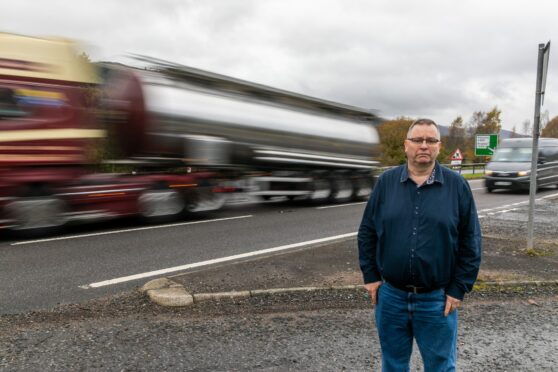
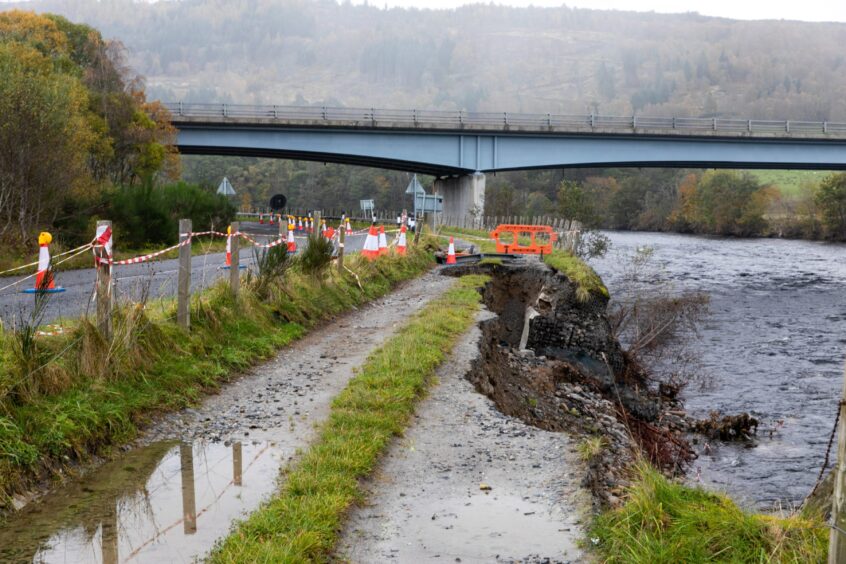
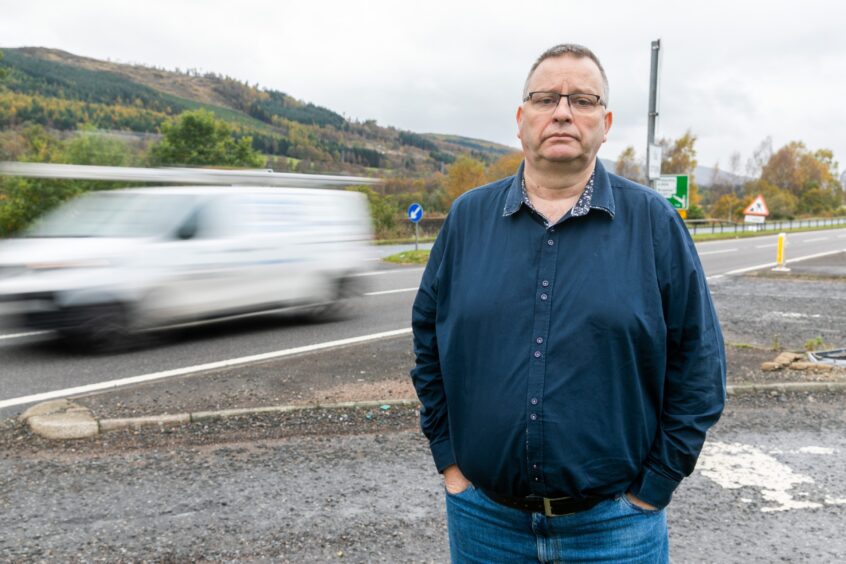
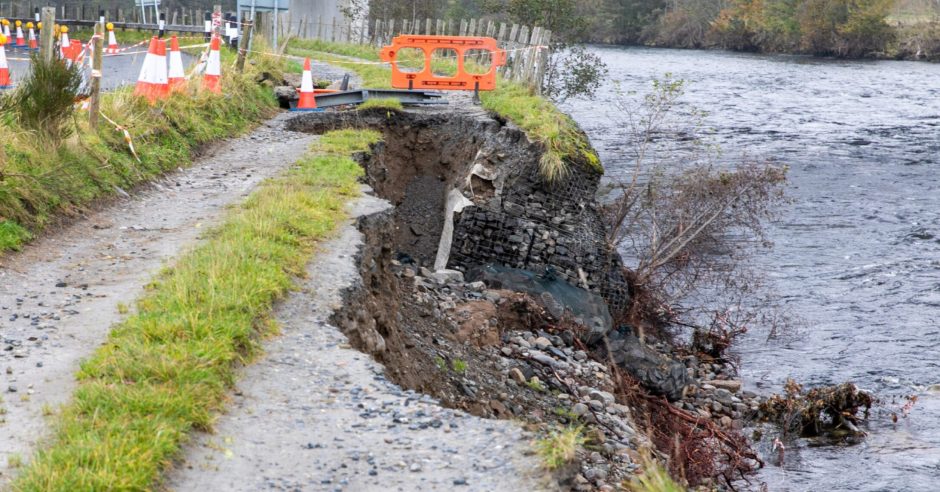
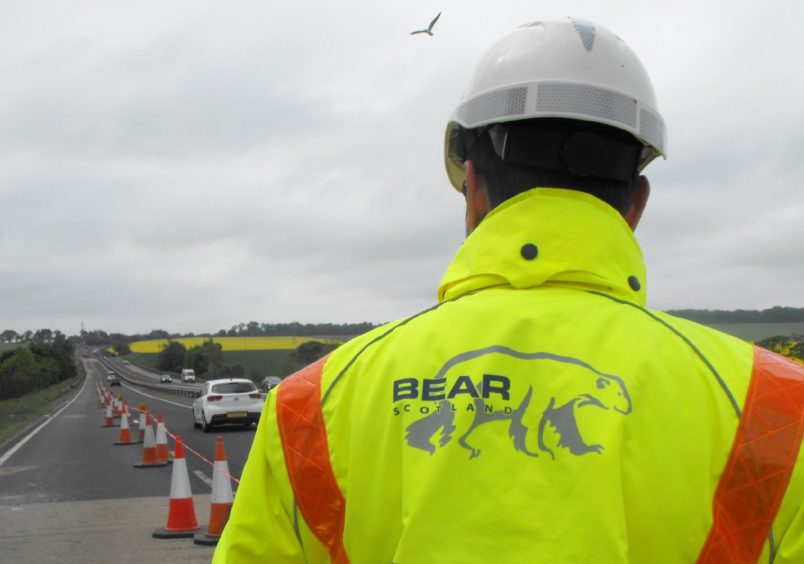




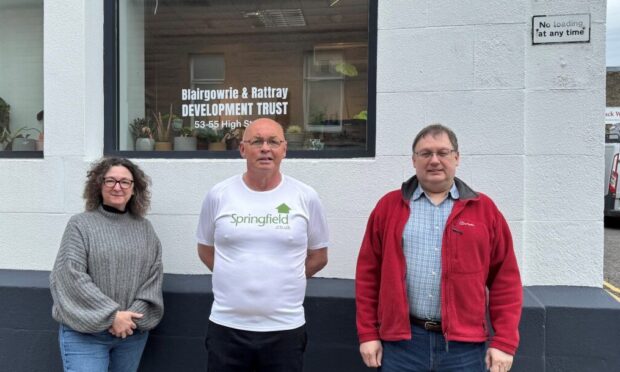
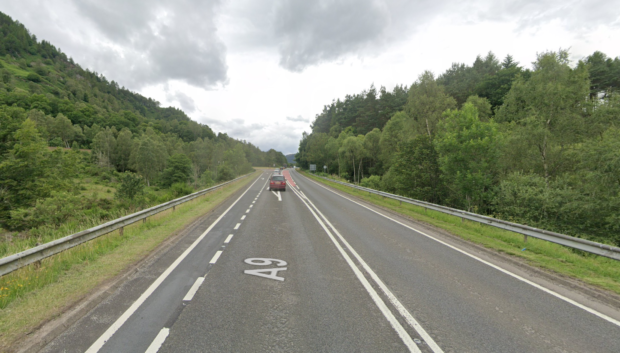

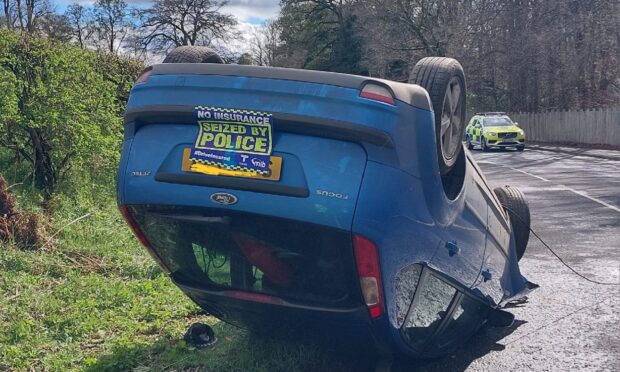

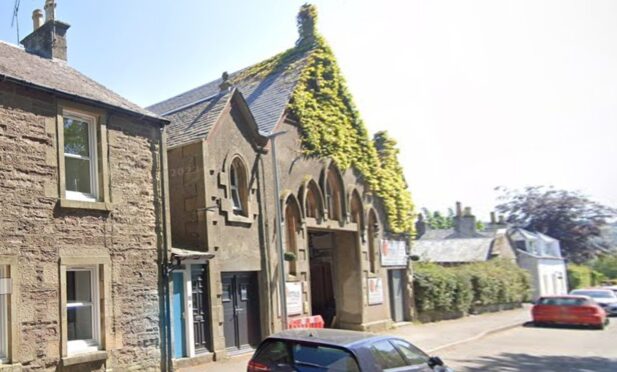
Conversation